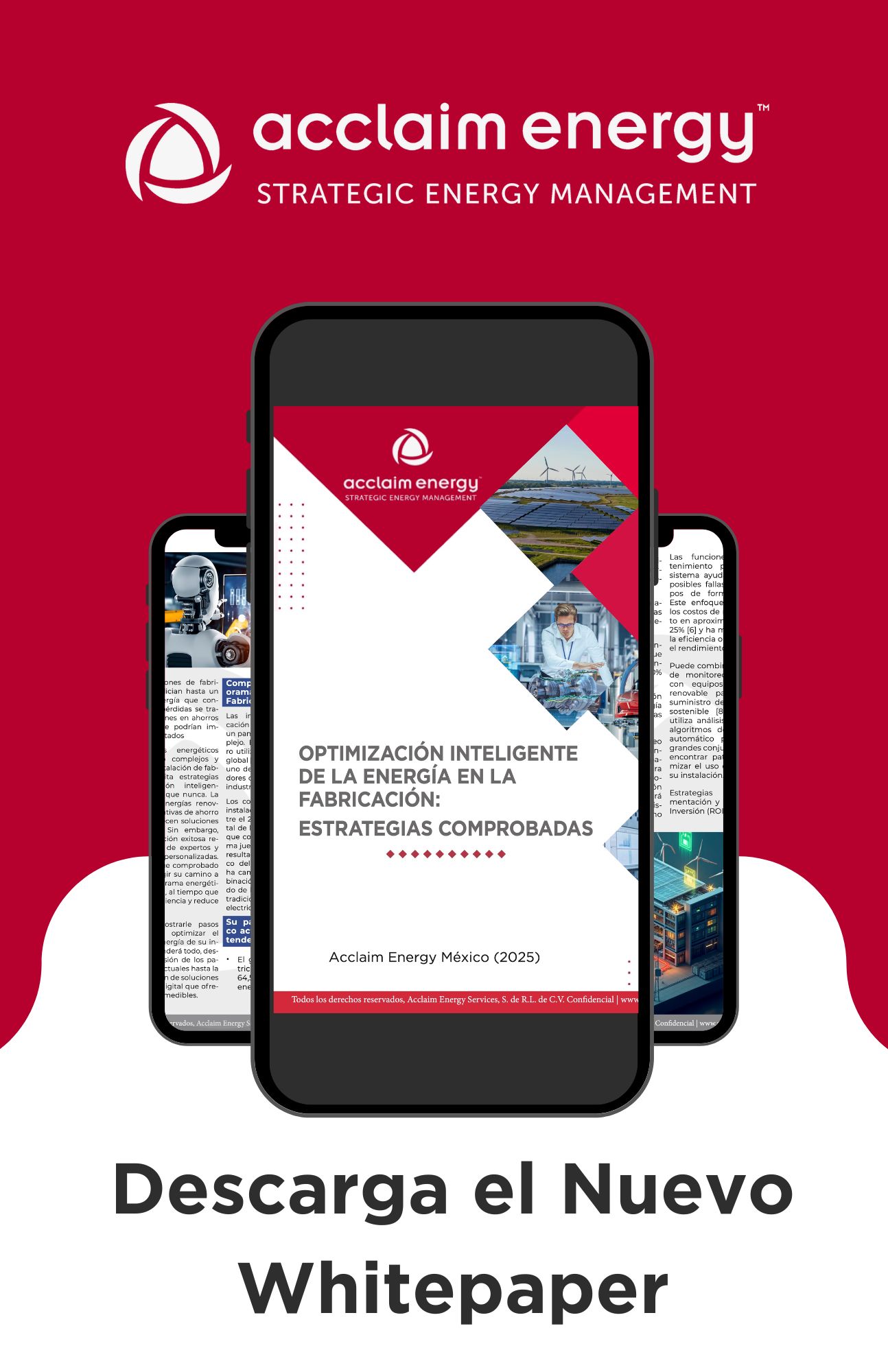Green Tariffs and the Risks of Greenwashing

Large end-users must understand the risks associated with green tariffs backed by RECs and the importance of addressing “greenwashing”. Greenwashing refers to the act of portraying a product or a service as environmentally friendly when, in truth, this product or service has limited environmental benefits. C&I end-users must understand and manage the risks associated to so- called 100% renewable or green supply as part of their increasing Environmental, Social and Governance (ESG) mandates.
An increasing number of Commercial and Industrial (C&I) end- users are demanding energy supply contracts be 100% renewable or green due to their ESG mandates or other environmental / sustainability requirements. As a result, suppliers are reacting to this requirement by offering electricity tariffs and products marketed as 100% renewable or green even though some of the energy supplied comes from fossil fuels. Suppliers can achieve this 100% renewable or green supply as long as they purchase green certificates known as renewable energy certificates (RECs) or International Renewable Energy Certificates (iRECs) or Guarantees of Origin (GOs). Renewable energy certificates are instruments that certifies that one megawatt-hour of electricity is generated from a renewable energy source.
There are four essential issues with green tariffs:
- Lack of differentiation: Form a physical point of view, there is no difference between an electron generated by a renewable or a fossil fuel plant. For example, a C&I end-user is likely to receive the electrons from a nearby fossil fuel generation plant when this plant is running regardless of the supply contract signed.
- Averaging: Green tariffs are based on an averaging, whereby suppliers buy RECs to cover the annual amount of energy supplied, although the actual energy delivered to the end- user does not come from renewable sources.
- Fraudulent RECs: RECs originated in certain jurisdictions have been found to be linked to fossil-fuel generation and not renewable energy.
- Double counting: Energy and RECs can be sold separately, that is, a generator can sell an end-user the renewable generation and the RECs to another end-user. This means that both end-users can claim they are receiving “green” energy.
How can the risks associated to RECs and the so-called green tariffs be mitigated?
An initial step is to ensure that the supplier has a supply contract with a renewable generator. This renewable supply contract avoids the risk of greenwashing in a supply contract. Another benefit is that the end-user can keep track of how much renewable energy has been generated over a certain period of time (e.g., annually). Then, the end-user can relate its energy consumption to the historical generation to establish the actual number of RECs required to meet the 100% renewable supply target.
The issue with fraudulent RECs can be mitigated by buying iRECs and GOs which adhere to established and clear standards. For example, the European Union (EU) has defined clear rules regarding the eligibility of renewable generation projects which can issue GOs. This set of rules provides for a safeguard to end-users as they guarantee the validity of the purchased GOs. Similarly, iRECs are also issued following the standards defined by The International REC Standard organization which certify the eligibility and validity of the iRECs. Another way to mitigate the risk associated to the validity of the RECs is for the supplier to have the contractual obligation to guarantee the validity of the RECS and bear the replacement if required.
It is worth mentioning that renewable generators can only be credited for one REC instrument. For example, a renewable generator in Mexico must choose between getting credited for every MWh of renewable energy generated in CELs or iRECs. This can create an arbitrage opportunity or optionality for renewable generators which prefer to get credited for the REC instrument with the greater market value. In Mexico, a renewable generator prefers to get credited for CELs rather than for iRECs because CELs have a greater market value, as shown in the table below. This arbitrage opportunity or optionality raises two questions:
- Can this choice between REC products lead to scarcity of iRECs or GOs if demand for RECs continue to increase?
- How can an en-user can manage price risk?
Assuming that the demand for cheaper and internally accepted RECs will continue to increase, REC prices will certainly reflect this demand. End-users will seek green tariffs with “high quality” RECs associated to these green tariffs. High quality RECs can be defined as RECs that meet international standards to reduce the non- compliance risk.
This means that end-users will be price takers in a market where there is little price discovery and transparency as these markets are Over The Counter (OTC) with a relatively small number of participants. These features of the RECs markets reduce the ability of end users to mitigate price risk. However, end-users could receive some support soon in the form of increased regulatory scrutiny of REC products and markets.
For example, the United Kingdom is considering increasing the regulation around the so-called green tariffs and RECs. This additional regulatory framework could provide more transparency and lead to the development of a fully functional market. For example, some US electricity markets such as NEPOOL have a REC tradeable market.
One final important consideration regarding RECs. A REC is not the same as a carbon offset. There are significant differences between a carbon offset and a REC. A carbon offset represents an actual Greenhouse Gas (GHG) emissions reduction, as carbon offsets come from projects that avoid or reduce GHG emissions. A carbon offset reduces an organization’s scope 1, 2 or 3 emissions as a net adjustment. On the other hand, a REC conveys the use of renewable electricity generation and underlies renewable electricity use claims and can lower an organization’s gross market-based scope 2 emissions from purchased electricity. C&I end- users must understand this difference because it is a very important distinction towards meeting scope 1 and 3 emissions reductions.
Achieving a so-called 100% renewable or green electricity supply is a complex affair full of nuances and risks that end-users must understand in the context of their ESG framework as well as financially.



